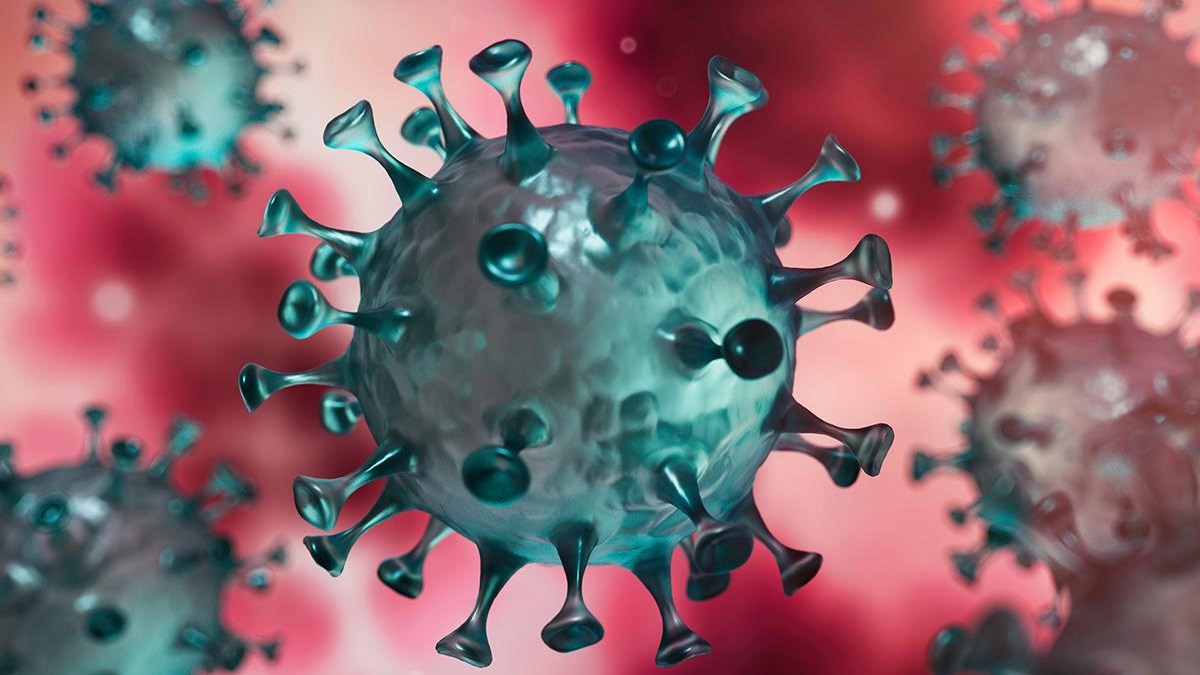
Covid-19 positive rate reaches
Government officials attribute distorted data to a reduction in testing as the Covid-19 positive rate reaches absurd heights in some cities.
They contend that pandemic fatigue, a typical and understandable reaction to a protracted public health catastrophe, has led to both the general public and health officials beginning to treat the pandemic “as a regular sickness.”
650 Covid cases during the previous 24 hours
Official statistics made public on Sunday revealed that Pakistan had 650 Covid cases during the previous 24 hours, down from the 818 infections noted the day before.
The nationwide optimism rate decreased from 4.47 percent a day earlier to 3.88 percent. 16,755 tests were performed during the course of the last 24 hours, according to the National Institutes of Health (NIH).
Swabi reported a 43 percent positivity rate for the city as a whole, but one important participant in the government’s Covid task committee advised disregarding such numbers because of the scant number of tests.
For instance, the 43 percent percentage was determined despite the fact that just seven tests were carried out in Swabi, of which three were positive. Similar results from three of the 43 samples in Muzaffarabad led to a positivity rate of 7 percent there.
Read Also | Ministers warn Imran Khan of reference under Article 6
Read Also | Shah Mahmood denies meeting Zardari, blames Raja Riaz for spreading ‘fake news’
Dr. Javed Akram, a member of the scientific task committee on Covid-19, said that it was regrettable that we placed more value on the positivity rate than the total number of tests.
Given the size of the city, he advised disregarding the seven samples taken in Swabi. Only Karachi, Lahore, and Islamabad have been conducting proper testing, but in my opinion, even those efforts fall short.
He claimed that every fourth or fifth house and shop from the starting location should be included in the data, and then all individuals present there should be tested, in accordance with various sampling techniques.
“Sample size is more important than positive rate. We must not overlook the fact that 30% of the population never experiences symptoms because they are asymptomatic, yet they still propagate the virus,” according to Dr. Akram.
He observed that from 50,000 tests in February, the number of tests had almost decreased by a third to 17,000, indicating that both citizens and health officials were weary.



